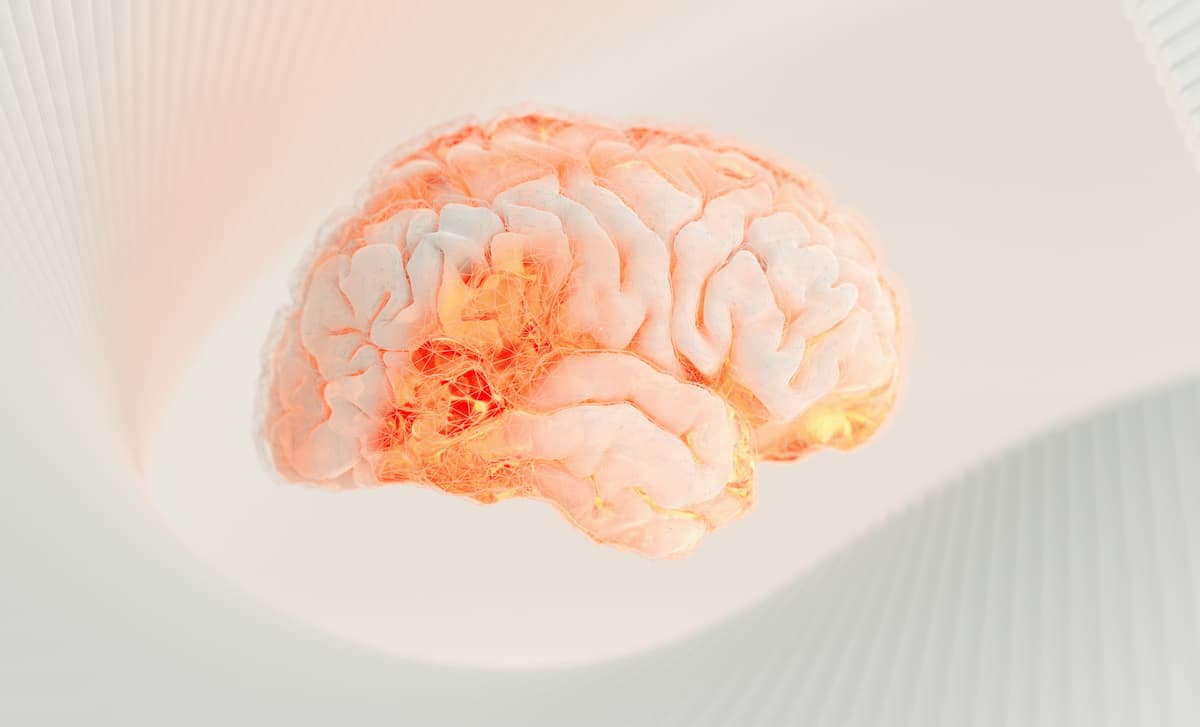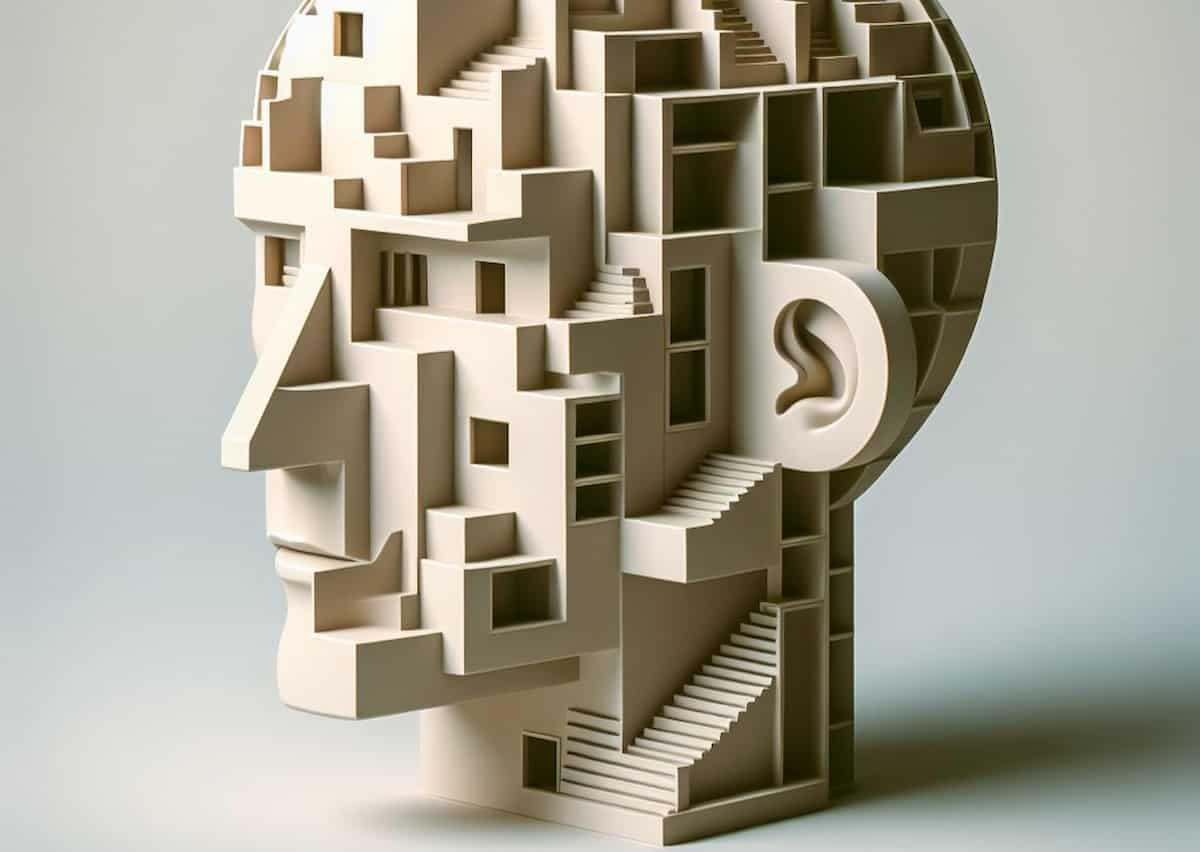How we breathe affects brain activity, memory and the emotions.
Breathing in through the nose boosts memory because inhaling stimulates the brain.
Scientists have shown for the first time how the rhythm of breathing affects electrical activity in the brain.
People were more likely to remember objects they had encountered while breathing in than breathing out, the study results showed.
While breathing in, people were also quicker to identify a fearful face.
Mouth breathing did not have the same effect — it had to be inhaling through the nose.
Dr Christina Zelano, the lead author, said:
“One of the major findings in this study is that there is a dramatic difference in brain activity in the amygdala and hippocampus during inhalation compared with exhalation.
When you breathe in, we discovered you are stimulating neurons in the olfactory cortex, amygdala and hippocampus, all across the limbic system.”
The scientists first came across this curious phenomenon when studying seven patients with epilepsy.
Recordings of their brain activity showed it changed with breathing.
For the study, 60 people were shown faces on a computer screen and later objects they had to remember.
There was evidence of the same curious changes of brain activity with breathing.
Rapid breathing may give us a cognitive advantage in some situations, said Dr Zelano:
“If you are in a panic state, your breathing rhythm becomes faster.
As a result you’ll spend proportionally more time inhaling than when in a calm state.
Thus, our body’s innate response to fear with faster breathing could have a positive impact on brain function and result in faster response times to dangerous stimuli in the environment.”
Dr Zelano said it also provided insight into how practices like meditation affect the brain:
“When you inhale, you are in a sense synchronizing brain oscillations across the limbic network.”
The study was published in the Journal of Neuroscience (Zelano et al., 2016).









